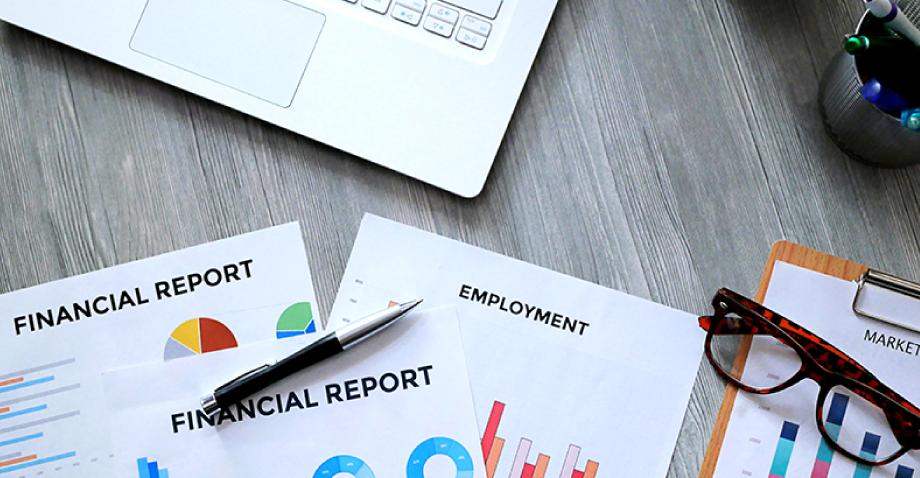
For any organisation to succeed, it needs to have a clear idea of the assets it owns – and their worth.
Assets are divided into current and non-current. This distinction allows companies to better plan their finances, and forecast income and expenditure more accurately.
What is a non-current asset?
Simply put, this is an asset that the business does not expect to use or convert into cash within the coming 12 months. Indeed, its full value will not be realised until at least a year has passed. As such, non-current assets are seen as long-term investments, which are intended to create long-term benefits.
While the outlay on non-current assets can sometimes be extremely high, their long-term nature means that their cost can be spread over several years.
Non-current assets usually make up a large proportion of an organisation’s resources and are, of course, often integral to its future plans.
In contrast to non-current assets’ long-term character, current assets are ones that the business expects to convert into cash within 12 months. They fund day-to-day operations and current expenditure.
Examples of current assets include:
- Cash and cash equivalents
- Accounts receivable
- Inventory
- Prepaid expenses
- Marketable securities
Examples of non-current assets include:
- Land
- Property, plant, and equipment (PP&E)
- Long-term investments
- Trademarks
- Goodwill
Assets – both current and non-current – are further segmented into tangible and intangible assets.
Tangible vs intangible assets
Tangible assets are usually physical assets with a transactional value, such as land, inventory and property, plant and equipment (PP&E). In most industries, they comprise the majority of an organisation’s assets. They depreciate, meaning that their value falls over time as their benefits are used up.
Balance sheets record initial costs for these tangible assets, which may include the cost of purchasing or transporting them, for example. Then income statements for each year detail the cost of their depreciation as an expense.
The value of intangible assets is harder to quantify since they are not physical and have no finite worth. They have potential value, determined by the business itself. Common examples of intangible assets include patents, licenses and goodwill, as well as brand identity, which has great value in the case of household name companies.
Just as tangible assets carry the cost of depreciation, intangible assets have their own associated costs. These are expressed through amortisation, which spreads the costs over the asset’s useful lifespan.
You can explore these principles in much greater detail on our two-day financial statement analysis course, which takes place virtually.
Types of non-current asset metrics
Although they are not the only contributing factor, measuring a company’s non-current assets can give analysts a good indication of its future health. Various methods are used to measure non-current assets.
Capex ratio
Taking its name from capital expenditure, the capex ratio measures the cost of investing in non-current assets against company sales. An increase in the ratio indicates company growth and, in this scenario, further investment should result in higher sales. If continuous reinvestment of revenue is rewarded with increased sales, it will drive enterprise value as well as expansion.
An alternative scenario involves maintenance capex, where investment in non-current assets does not drive growth, but simply keeps operations at the existing level.
Capex raio = capital expenditures / sales
Average age of PP&E
This method calculates how far into their lifespan a company’s property, plant and equipment assets are, on average. It is determined by measuring the total depreciation of all of these assets against their gross value. A high ratio signals that assets will soon need replacing, a necessary expense that will impact upon retained revenue. Bearing in mind the significant cost of these assets, this method of asset analysis can prove invaluable to businesses.
Average age ratio = accumulated depreciation / gross PP&E
Reinvestment ratio
Also known as the replenishment ratio, this ratio measures capital expenditure in relation to depreciation, revealing whether non-current assets are being replaced in good time. When expressed as a multiple, a financially successful company would like to see a number greater than one.
A result of inflation is that assets bought in the past will generally cost more to purchase now. Depreciation though, is calculated using historical figures. Consequently, a reinvestment ratio of almost exactly one would suggest that the business is not replacing assets swiftly enough.
Reinvestment ratio = capital expenditure / depreciation
